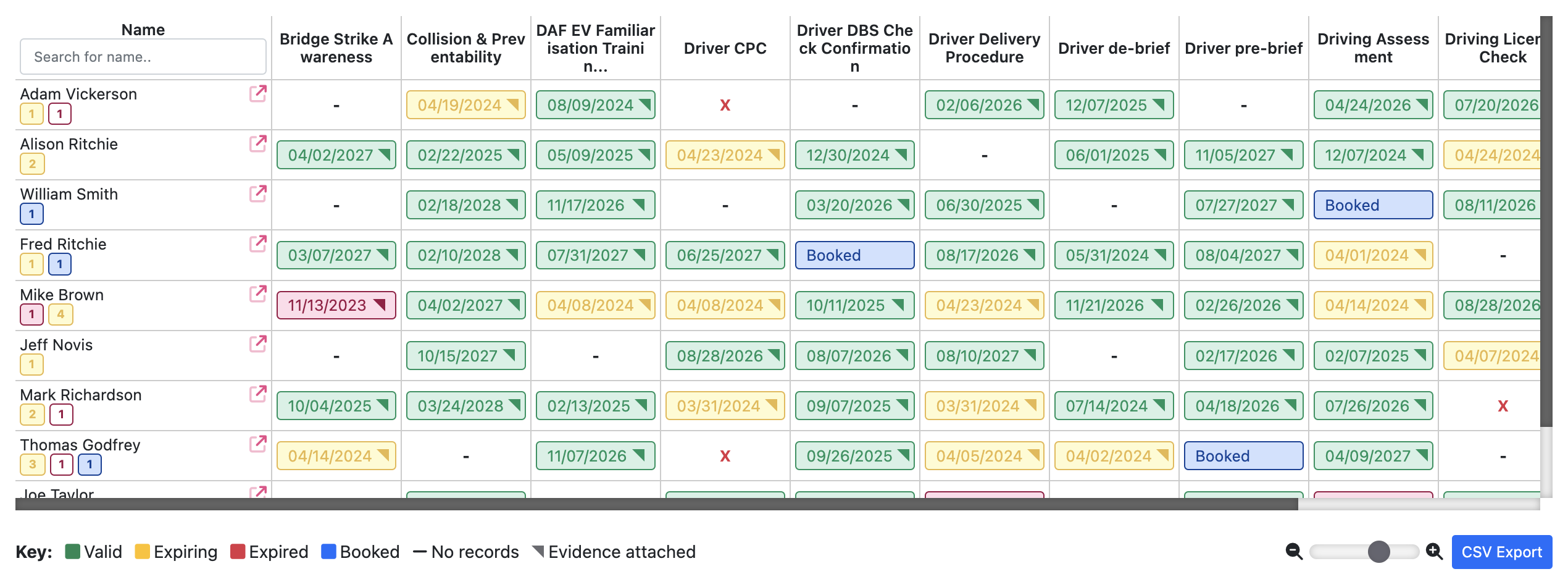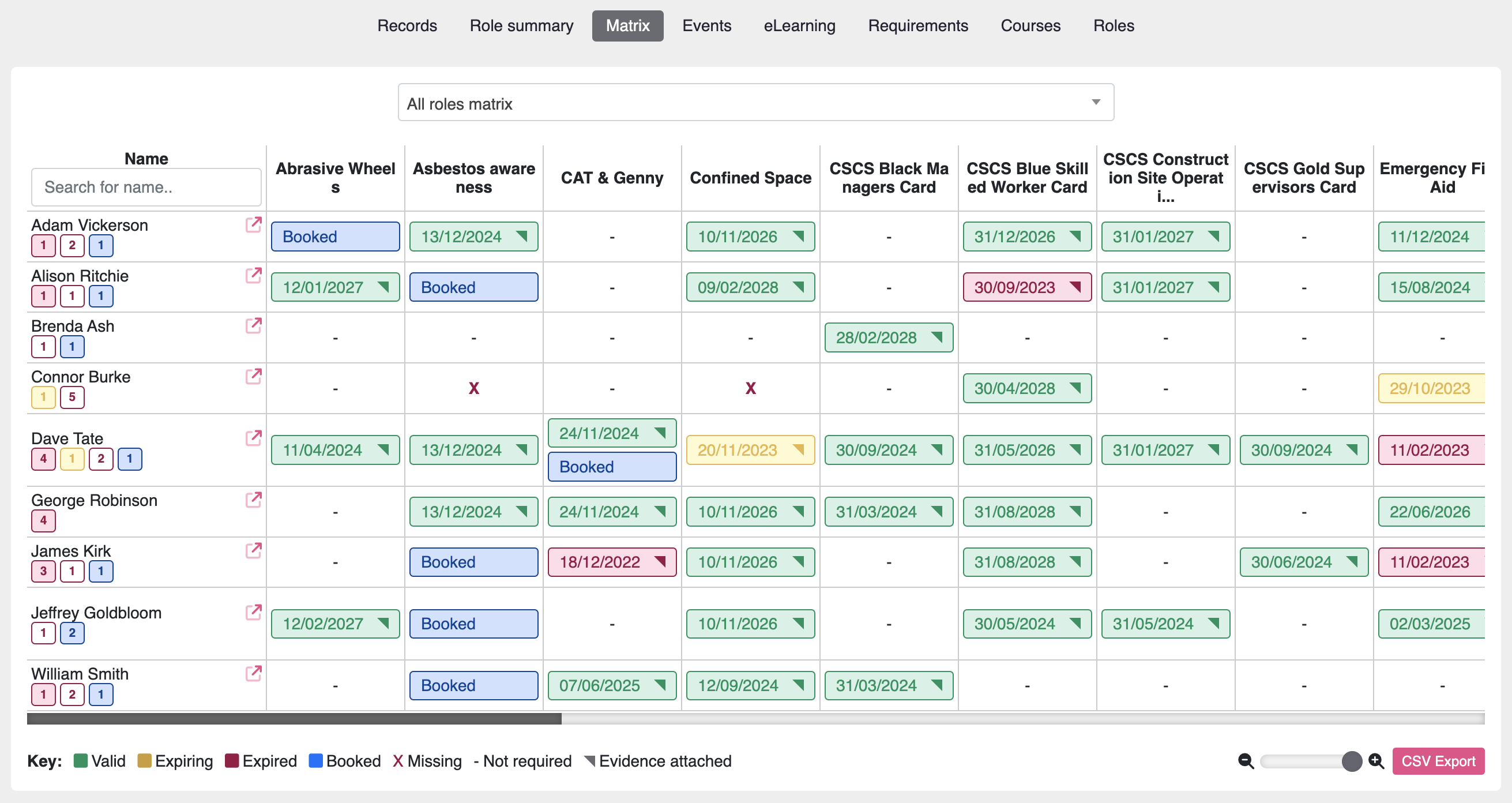In today’s fast-paced and ever-changing business landscape, it’s crucial for companies to have a skilled and adaptable workforce. With technology advancing at a rapid pace and industries constantly evolving, it’s important for businesses to invest in upskilling and reskilling their employees.
In this article, we’ll explore the importance of upskilling and reskilling your workforce, and provide tips on how to effectively implement these strategies.
What is Upskilling and Reskilling?
Both upskilling and reskilling are essential strategies in today’s dynamic work environment, ensuring professionals remain agile and well-equipped for the challenges of the future.
Upskilling involves enhancing and expanding existing skills within your professional repertoire. It’s about staying relevant in your current field by acquiring advanced knowledge, tools, or certifications. For example, a graphic designer might upskill by mastering the latest design software.
Reskilling, on the other hand, is a more transformative process. It entails acquiring entirely new skills or pivoting to a different career path. This is crucial when industries undergo significant changes, and your current skill set may no longer align with market demands. An accountant transitioning to become a data analyst is a classic example of reskilling.
Why Upskilling and Reskilling Are Important

Keeping Up with Technological Advancements
Technology is constantly evolving and disrupting industries, making it essential for businesses to keep up with these advancements. By upskilling and reskilling your workforce, you can ensure that your employees have the necessary skills to adapt to new technologies and stay competitive in the market.
For example, with the rise of automation and artificial intelligence, many jobs are becoming obsolete. By investing in upskilling and reskilling, you can prepare your employees for these changes and ensure that they have the skills to take on new roles within the company.
Attracting and Retaining Top Talent
In today’s job market, employees are looking for opportunities for growth and development. By offering upskilling and reskilling programs, you can attract top talent who are looking for opportunities to expand their skill set and advance their careers.
Moreover, investing in your employees’ development can also improve employee retention. When employees feel that their company is invested in their growth and success, they are more likely to stay with the company long-term.
Improving Employee Performance and Productivity
Upskilling and reskilling can also lead to improved employee performance and productivity. By providing employees with the necessary skills and knowledge, they can perform their jobs more efficiently and effectively.
Moreover, upskilling and reskilling can also lead to increased job satisfaction and motivation. When employees feel that they are continuously learning and growing, they are more likely to be engaged and motivated in their work.
Tips for Implementing Upskilling and Reskilling Programs
Identify Skill Gaps
Before implementing any upskilling or reskilling programs, it’s important to identify the skill gaps within your workforce. This can be done through employee evaluations, surveys, and discussions with managers.
By identifying the specific skills that are lacking within your workforce, you can tailor your upskilling and reskilling programs to address these gaps and ensure that your employees are equipped with the necessary skills for their roles.
Offer a Variety of Learning Opportunities
When it comes to upskilling and reskilling, there is no one-size-fits-all approach. Some employees may prefer traditional classroom-style learning, while others may prefer online courses or on-the-job training.
To cater to different learning styles and preferences, it’s important to offer a variety of learning opportunities. This can include workshops, seminars, online courses, and mentorship programs.
Encourage Continuous Learning
Upskilling and reskilling should not be a one-time event, but rather an ongoing process. Encourage your employees to continuously learn and develop their skills, even after completing a training program.
This can be done through offering opportunities for employees to attend conferences, workshops, and webinars, as well as providing access to online learning platforms and resources.
Utilize Technology
Technology can play a crucial role in upskilling and reskilling your workforce. Online learning platforms, virtual reality training, and other technological tools can provide a more engaging and efficient learning experience for employees.
Moreover, technology can also help track and measure the progress of employees in their upskilling and reskilling journeys, making it easier to identify areas for improvement and track the success of the programs.
Upskilling and Reskilling with Moralbox
Moralbox goes beyond a traditional training management platform, offering a strategic approach to upskilling and reskilling. Our user-friendly interface, coupled with data-driven insights, ensures your workforce is not just trained but empowered to adapt and thrive in the ever-changing professional landscape.
The Moralbox Advantage
- Tailored Learning Paths: Unlock customized upskilling and reskilling programs for your workforce. Moralbox allows you to create tailored learning paths, ensuring employees acquire the precise skills needed to excel in their roles.
- Data-Driven Insights: Leverage the power of analytics to track and measure the impact of your upskilling and reskilling initiatives. Moralbox provides actionable insights, empowering you to make informed decisions for continuous improvement.
- Seamless Integration: Streamline your training efforts with seamless integration. Moralbox easily integrates with existing systems, providing a hassle-free experience for administrators and learners alike.
Real-World Examples of Successful Upskilling and Reskilling Programs
Amazon’s Upskilling 2025 Program

In 2019, Amazon announced its Upskilling 2025 program, which aims to provide training and upskilling opportunities to 100,000 employees by 2025. The program offers a variety of training options, including on-the-job training, apprenticeships, and online courses.
Through this program, Amazon is not only investing in the development of its employees, but also ensuring that it has a skilled workforce to support its growing business.
IBM’s SkillsBuild Program
IBM’s SkillsBuild program is a free online learning platform that offers courses in areas such as data science, cybersecurity, and artificial intelligence. The program is open to anyone, regardless of their background or education level.
Through this program, IBM is not only providing individuals with the opportunity to upskill and reskill, but also addressing the growing skills gap in the technology industry.
Who Is Responsible for Upskilling and Reskilling?
While upskilling and reskilling programs may be led by HR teams, it’s important for all departments and managers to be involved in the process. Managers can identify skill gaps within their teams and provide feedback on the effectiveness of the programs, while employees can provide input on their learning preferences and needs.
Conclusion
In today’s rapidly changing business landscape, upskilling and reskilling your workforce is crucial for staying competitive and attracting top talent. By identifying skill gaps, offering a variety of learning opportunities, and utilizing technology, you can effectively implement upskilling and reskilling programs that will benefit both your employees and your company.

Alison is the Moralbox Customer Success Manager. She ensures that our customers enjoy the benefits and get the very best experience out of our products. Alison has over 8 years experience as a training manager.



